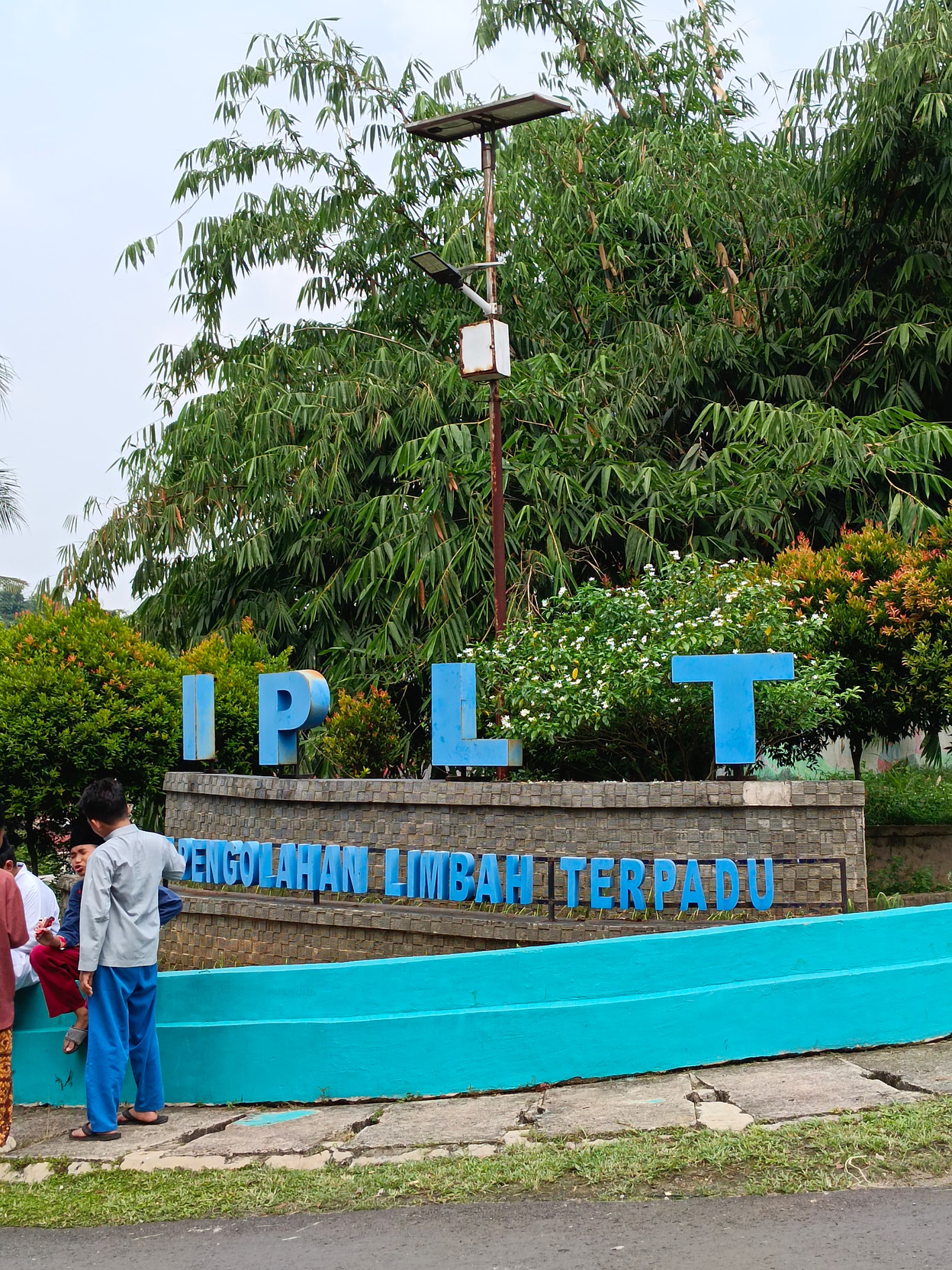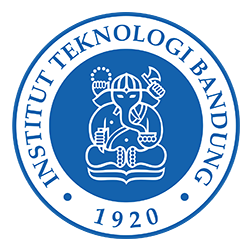Development of a technology audit approach for the optimization of septage treatment plant management with semi-mechanical treatment technology (Indonesia)

The SDG targets for 2030, which represent a global consensus on sustainable development based on human rights and equality, have driven developing countries, including Indonesia, to accelerate development efforts, particularly in the sanitation sector. In line with the SDG targets, Indonesia’s National Medium-Term Development Plan (RPJMN) 2020-2024 aims for 90% access to adequate sanitation, including 15% safe sanitation and 0% open defecation. The safe sanitation target promotes the development of Fecal Sludge Treatment Plants (FSTP) in various cities and regencies across Indonesia. Currently, FSTPs in Indonesia are generally transitioning from conventional to semi-mechanical or fully mechanical systems. The FSTP in Kalimulya and FSTP in Cibinong have adopted semi-mechanical treatment systems with capacities exceeding 100 litres per second. The Kalimulya FSTP employs a conventional system for liquid treatment and a mechanical system for faecal sludge treatment, whereas the Cibinong FSTP utilizes a mechanical system for liquid treatment and a conventional system for faecal sludge treatment. This study aims to assess the Kalimulya FSTP by developing a technology audit approach based on the methodology outlined by UNESCAP (1989) to identify key factors influencing the optimization of FSTP management. The technology components that impact FSTP performance are ranked as follows: technoware at 36.50%, followed by humanware (34.90%), infoware (16.40%), and orgaware (12.20%). The system suitability in Kalimulya reaches 50.19% for technoware, 43.70% for humanware, 85.93% for infoware, and 63.33% for orgaware, with an overall performance score of 53.05%, classified as good. Meanwhile, the Cibinong FSTP achieves 46.30% for technoware, 100% for humanware, 85.93% for infoware, and 90.22% for orgaware, with an overall performance score of 72.87%, classified as very good. Strategies to enhance Kalimulya FSTP performance emphasize the importance of humanware development through staff training, optimization of installation functions, and collaboration with private sectors. In contrast, the strategy for the Cibinong FSTP focuses on improving technoware to address idle capacity and optimize FSTP utilization, as well as strengthening orgaware aspects through partnerships with private sectors and communities, along with enhanced legal and financial support.

